The question of whether to choose a cloud solution, where SAP implements and manages the software and users access it via the Internet, or a local solution, where the SAP software is installed and operated from their own server and computing infrastructure (on-premises), plagues many decision-makers in the IT industry. Although it would be tempting to maintain things as they are, is it truly profitable in an environment that is changing so quickly?
To assist decision-makers in deciding which model best suits their company’s goals and will be more functional from an extended business perspective, I have analyzed the salient elements of the two options and expanded on how the SAP Cloud Solution now manages the old CRM solutions.
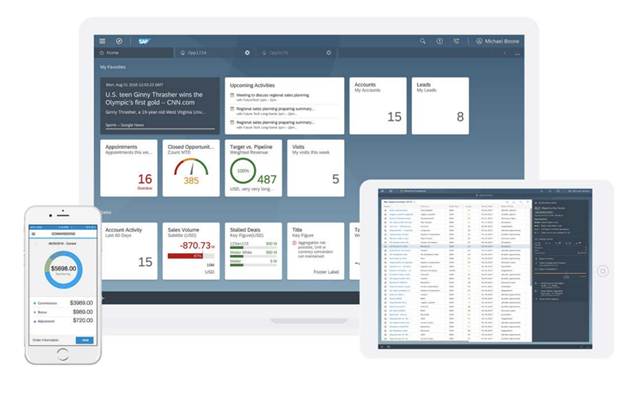
Implementation and cost
When controlled locally, the company possesses full control over updates but also assumes greater responsibility in the event of threats. In the case of SAP Cloud, it is the administrator who maintains and deploys it to all clients simultaneously, facilitating software installation.
For an organization anticipating rapid growth within three to five years or experiencing seasonal variations or product fluctuations due to external factors (e.g., the COVID-19 pandemic), immediate scalability becomes crucial. SAP Cloud allows the company to scale up in case of growth or downsize if outcomes differ from expectations—providing potential savings not typically available with an on-premises release (‘On Premise’).
If the enterprise doesn’t require the allocation of time and resources to explore scalability, then it is time to leverage the business in the market it intends to operate in. SAP Cloud can genuinely be considered in this scenario due to the discussed benefits aligning with the relevant market. When an organization evaluates the cost of its platform, it’s only a portion of the overall equation.
When considering hosting, you need to factor in server costs, operational expenses during startup, infrastructure setup and maintenance, and the high recurring costs of your IT team. For SAP Cloud solutions, there are upfront costs and capital costs that may occur in the event of failure.
User-friendly design
The usefulness and ergonomics of work are approached differently in the SAP Cloud solution. Unlike SAP CRM, we have a variety of buttons and tabs at our disposal, serving as shortcuts to apps and situated on side panels on both sides of the screen. They enable us to efficiently review internal announcement content, add a new client or product, schedule a call or meeting, assign a task, and open the calendar.
The list of workers and items is easily viewed, and we can also add specific objects to documents, such as products, to sales possibilities, or offers by dragging and dropping them onto the page.
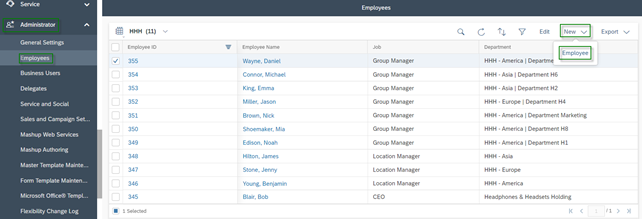
There is a news feature functioning through an internal communicator. Using the ‘@’ and ‘*’ letters, we can send messages to specific employees or recall a product. This approach allows us to build active relationships, immersing ourselves in the perspective of a specific individual or item.
Interface
The SAP CRM interface, also known as WebUI, is mostly based on HTML and contains a significant amount of ABAP. This allows for customization and configuration features that are essentially comparable to C4C. However, it’s distinguished by an alternative understanding of ergonomics.
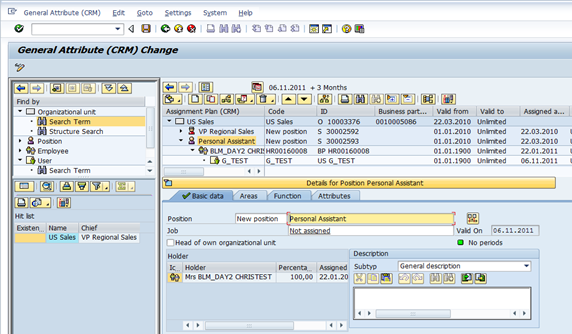
Based on HTML5, the C4C user interface represents a more recent iteration that emphasizes user-friendliness, thoughtfulness, and draws inspiration from contemporary B2C applications while keeping a few essential functions easily accessible.
The segmented client card suggested by SAP Sales/Service Cloud comprises three sections:
- Main data contains details about customer addresses, roles, responsible parties, revenue generated, and active sales within their portfolio.
- Tabs located at the top of the screen provide access to various business objects. These include customer-related orders, sales information, sales potential by region, offers, visits, relationships, activities, product lists, attachments, and news.
- The work screen provides an overview of the information available in the aforementioned tabs. Additionally, it includes a nested InsideView application. This application showcases client data collected from an external WWW service, offering crucial added value to C4C.
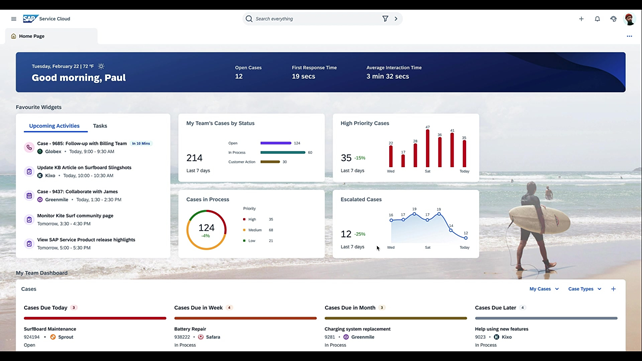
The accessible customer card in SAP CRM includes a default layout that shows the most common customer information, such as name and address, at the top/ Below, in blocks, it presents additional data, enabling users to view all information in tabs without the need for excessive scrolling. Although client data is presented similarly in both programs, working with them appears to be more efficient in SAP Cloud.
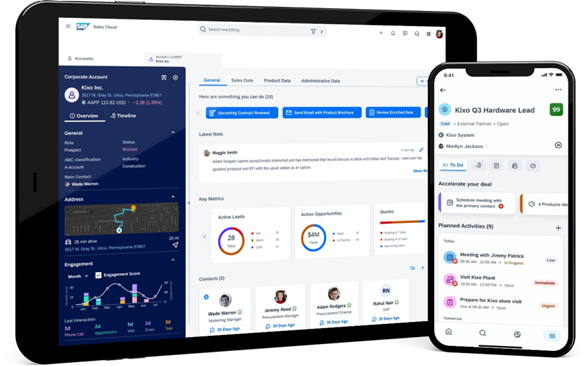
Security of data and compliance
International business operations require adherence to data regulations that differ depending on the nation and sector. Working directly with SAP Cloud removes the burden of compliance because the provider takes great care to adhere to industry and international requirements.
If the local On Premise system is put into place, the data will stay on the company’s servers and be as secure as the local IT team can make it. However, if you choose SAP Cloud, your data will travel more. Nevertheless, cloud services frequently employ safer technologies and better privacy regulations than on-premises solutions within businesses.
In the unusual event of a worst-case scenario, cloud solutions provide a clear benefit. They allow users to maintain their online presence at all times, even in the event of an on-site disaster, as they are spread over multiple data centers and continuously backup data. In the event of an incident, the business can resume regular operations more quickly and for a far lower cost than it would take to fix an on-premise system that has been destroyed.
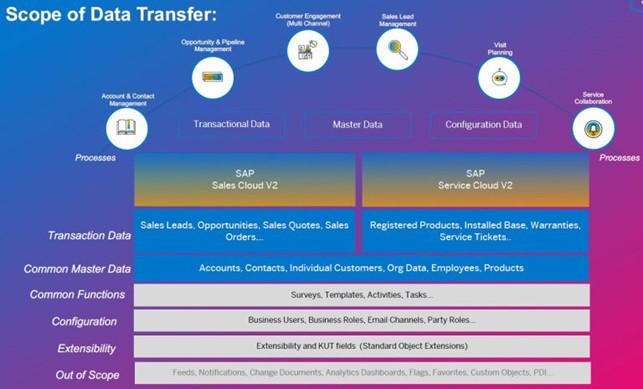
Data migration
Data migration is a crucial phase in any CRM implementation, and the choice between SAP CRM and SAP Cloud significantly impacts the complexity and success of the migration process. While SAP CRM is a well-established on-premises solution, SAP Cloud offers the benefits of cloud-based CRM, making data migration more streamlined, scalable, and user-friendly. The choice between the two should be based on your organization’s specific needs, resources, and long-term CRM strategy.
SAP Sale/Service Cloud, a cloud-based CRM solution, offers several advantages when it comes to data migration:
- Data Quality and Consistency: Data migration in SAP Cloud can be simpler because cloud solutions often come with data validation and quality checks, reducing the need for extensive data cleanup and transformation.
- Predefined Templates: SAP Cloud provides predefined data templates and migration tools that streamline the process. These templates facilitate mapping and help users adhere to the data model.
- Scalability: SAP Cloud is designed for scalability, making it a more flexible choice for businesses that anticipate growth. Data migration in the cloud can easily accommodate an expanding dataset.
- Reduced Downtime: Cloud-based solutions like SAP Cloud typically involve minimal downtime during the migration process. This ensures that business operations continue with minimal disruptions.
- Easier Integration: SAP Cloud can be integrated with other SAP solutions and third-party systems more smoothly, simplifying data flow and ensuring data consistency.
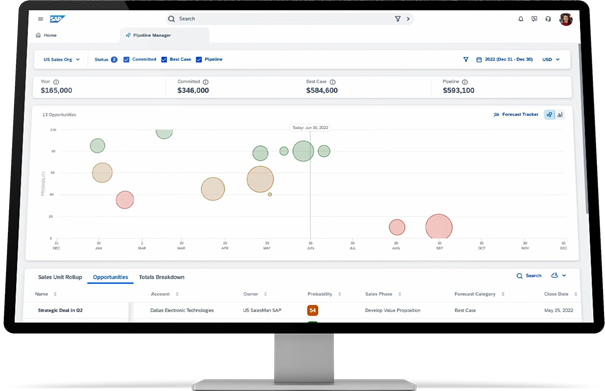
Summary
To serve large audiences, a company using an on-premises solution must acquire additional servers and establish data center connections. Conversely, a cloud solution requires a constant internet connection and involves the service provider in potential troubleshooting. With SAP CRM, you will need to invest in additional servers that will most likely be idle during these peak periods. SAP Sales/Service allows for automatic scaling based on demand, wherein you typically pay only for the resources you use.
SAP Cloud is a more appealing option than on-premises, out-of-date solutions, particularly for supporting functions that are not part of revenue-generating products. The total cost of ownership and the operational burden are reduced, instead of waiting for new implementations, key users can concentrate on using the product.
***
If you’re interested in the topic of SAP, also take a look at other articles by our experts.
















Leave a comment